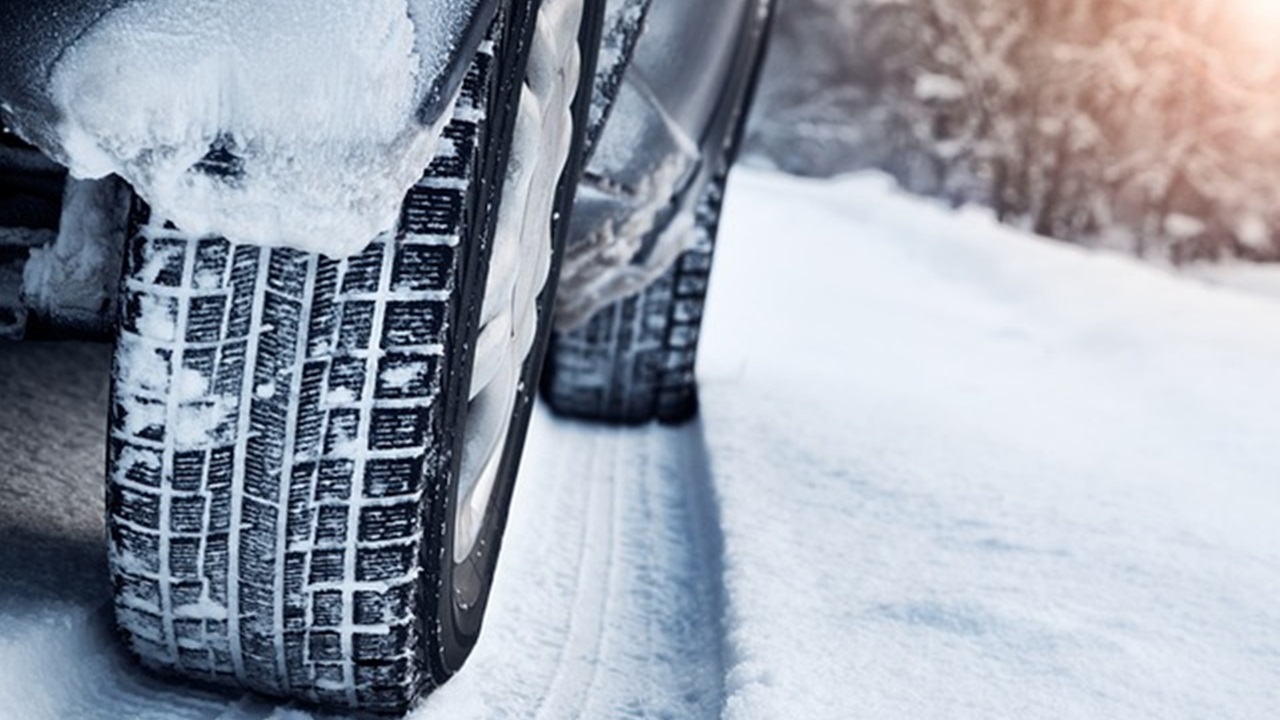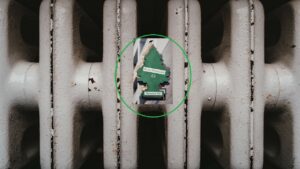From 2024, They Will be Able to Replace the Chains: What Snow Socks are and How They Work
In specific regions, between November 15 and April 15, it is mandatory to have winter tires and carry chains during the winter season. However, since November 15, 2023, the government has approved using snow socks as an alternative to these devices. What exactly are snow socks, and what advantages do they offer? Let’s find out.
Everything you didn’t know about snow socks

Snow socks are crafted from an elastic fabric that completely covers the tire. This specialized material is engineered to provide enhanced traction on slippery surfaces, contributing to safer driving in winter conditions.
Snow socks are gaining popularity for their versatility, as they can be utilized on various road surfaces. In contrast to winter tires that can wear out quickly on asphalt or non-snow-covered roads, snow socks can be safely employed on normal road conditions without posing a risk of damage to the tires. This adaptability is a significant factor contributing to their increasing appeal.
Moreover, snow socks are remarkably lightweight, making them easy to install and remove. Their quick application and removal are notable advantages, often in just a few minutes. For those who live in regions where the climate changes very quickly, they are indeed a godsend. Additionally, due to their compact size, they can be conveniently stored in the car’s trunk, unlike bulkier winter tires.
Thanks to their grip, it reduces the risk of slipping and skidding, ensuring greater stability and control while driving.

Despite their advantages, snow socks have limitations. For example, if the road is covered in a thick blanket of snow, the socks may not provide enough grip. Furthermore, their fabric construction in direct contact with the asphalt can contribute to increased driving noise.
Finally, you can’t use them everywhere. In certain high-altitude mountain regions, local laws specifically require the use of winter tires or traditional snow chains based on factors such as snow depth or specific road conditions.





